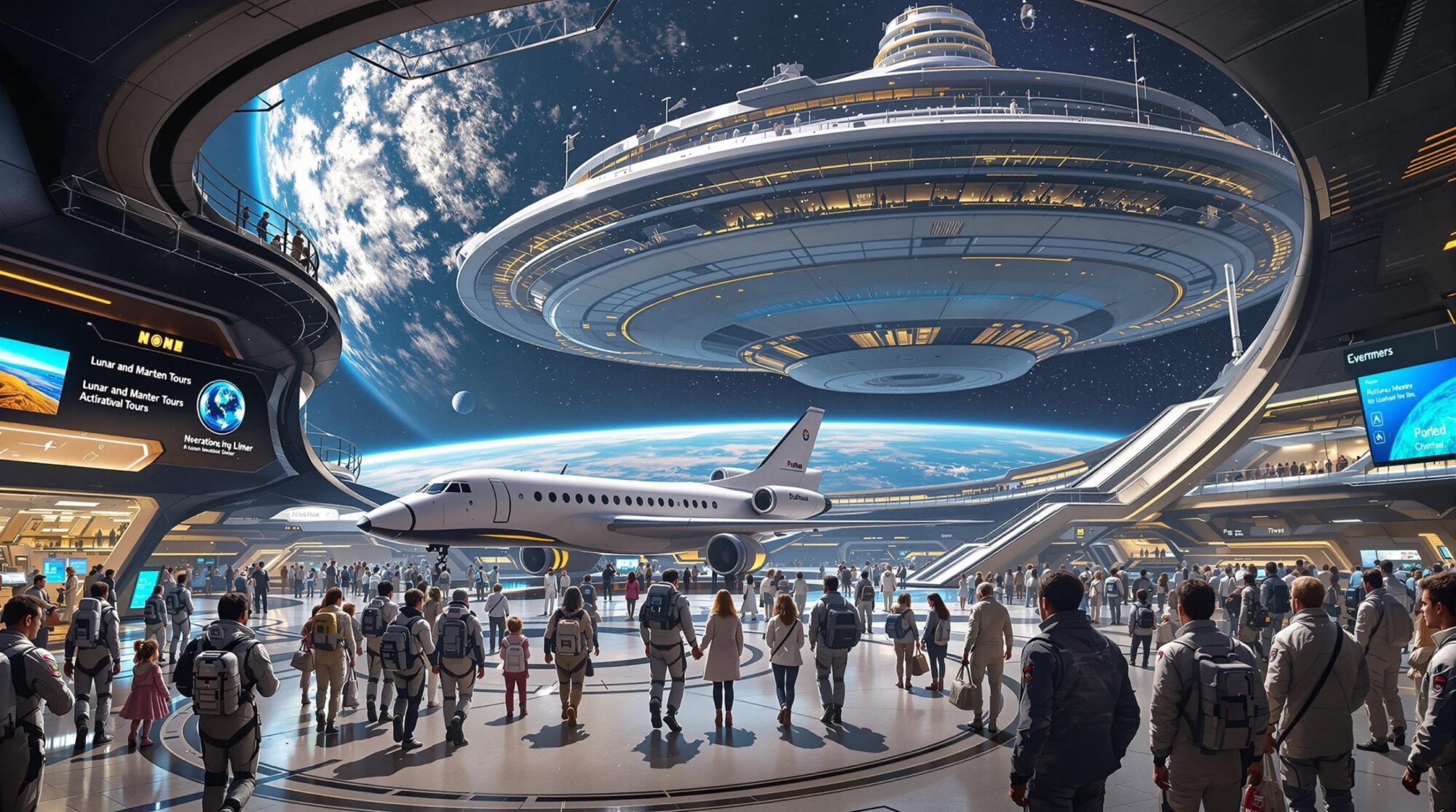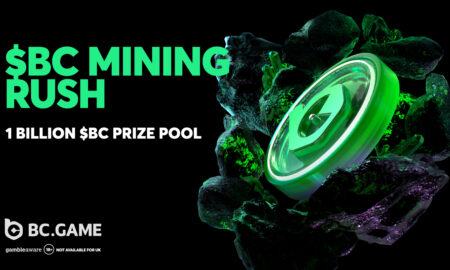As we gaze upward at the night sky, the stars no longer represent distant, unreachable points of light. Instead, they beckon as potential destinations for the growing number of civilian space travellers setting their sights beyond Earth’s atmosphere. The concept of space tourism has rapidly evolved from science fiction fantasy to commercial reality, with several pioneering companies establishing pathways for adventurous travellers to experience the cosmos firsthand. The transformation of space tourism from conceptual dream to burgeoning industry marks one of the most significant shifts in travel history—comparable to the revolutionary impact commercial aviation had on global travel in the 20th century.
This momentous evolution has been fuelled by technological innovation, private sector investment, and growing public fascination with space exploration. Orbital destinations are becoming increasingly accessible, with companies developing specialised spacecraft designed explicitly for tourism purposes. These vehicles promise everything from brief suborbital experiences to extended stays in low Earth orbit, providing varying degrees of space exposure tailored to different preferences and budgets.
While the current price points remain prohibitive for most, industry experts predict a trajectory similar to early commercial air travel—initially available only to the wealthy but gradually becoming more accessible. As SpaceVoyageVentures.com regularly reports, the economics of space tourism present both significant challenges and remarkable opportunities for prospective companies in this sector. The financial barriers to entry are substantial, with infrastructure and technology development requiring enormous capital investment, but the potential returns extend beyond direct revenue to include technological advancements with wide-ranging applications.
The current landscape features several key players pioneering different approaches to space tourism. Virgin Galactic and Blue Origin focus primarily on suborbital flights, offering passengers brief experiences of weightlessness and spectacular views of Earth from beyond the atmosphere. SpaceX has set its sights higher, developing capabilities for orbital tourism with potential for lunar flybys and even Mars missions in the future. Meanwhile, companies like Axiom Space are working to establish private space stations that could serve as dedicated tourism destinations, moving beyond the constraints of the International Space Station’s limited capacity for visitors.
For potential space tourists, the experience encompasses far more than the flight itself. Comprehensive preparation programmes include physical training, medical assessments, and psychological preparation—all designed to ensure travellers can safely and fully enjoy their extraterrestrial adventures. This preparation phase mirrors the training professional astronauts undergo, though typically in condensed form, providing civilians with essential skills for functioning in microgravity environments.
The Evolution of Space Tourism: From Pioneers to Commercial Services
Space tourism’s journey from concept to reality has been marked by several pivotal milestones. Dennis Tito made history in 2001 as the first self-funded space tourist, paying approximately $20 million for an eight-day stay aboard the International Space Station. This groundbreaking journey, facilitated by Space Adventures in cooperation with the Russian space agency, demonstrated that space was no longer the exclusive domain of professional astronauts and cosmonauts.
Following Tito’s pioneering flight, a handful of wealthy individuals followed similar paths, each paying substantial sums for brief sojourns in orbit. These early experiences were limited by available infrastructure and reliant on government space programmes, with tourists essentially purchasing excess capacity on missions primarily designed for other purposes.
The landscape began to shift dramatically with the emergence of dedicated space tourism companies funded by visionary entrepreneurs. The Ansari X Prize, awarded in 2004 for the first privately funded spacecraft to reach space twice within two weeks, catalysed commercial interest in suborbital tourism. SpaceShipOne, the winning vehicle developed by Scaled Composites, laid the groundwork for Virgin Galactic’s subsequent development of larger passenger-carrying spacecraft.
The past decade has witnessed accelerated development in this sector, with successful test flights, certification processes, and the first fully commercial space tourism missions. The industry has progressed from conceptual designs to operational vehicles capable of safely carrying paying customers beyond Earth’s atmosphere. This rapid advancement speaks to both the technological innovation driving the sector and the substantial market demand for unique, transformative experiences.
The Space Tourism Experience: What Travellers Can Expect
The space tourism experience varies significantly depending on the specific mission profile, but all offerings share certain common elements. Suborbital flights typically last between 10 and 90 minutes, with passengers experiencing a few minutes of weightlessness at the apex of their journey. These brief but intense experiences provide the coveted astronaut perspective—viewing Earth from space and feeling the freedom of floating unencumbered by gravity.
Orbital experiences, while currently less accessible, offer more extended periods in space. Tourists visiting the International Space Station typically spend between one and two weeks in orbit, participating in daily life aboard the station alongside professional crew members. This extended duration allows for a more comprehensive space experience, with time to adapt to microgravity and truly immerse in the environment.
Beyond the physical experience, space tourists consistently report profound psychological impacts. The “overview effect”—a cognitive shift reported by astronauts who view Earth from space—often provides a transformative perspective on our planet’s beauty, fragility, and fundamental unity. This perspective shift represents one of the most valuable aspects of space tourism, potentially fostering greater environmental awareness and global consciousness among participants.
The pre-flight preparation process typically begins months before launch, with medical screenings to ensure candidates can safely withstand the physical stresses involved. Physical training focuses on cardiovascular fitness and familiarisation with the spacecraft environment, while psychological preparation addresses the mental challenges of space travel. Centrifuge sessions simulate the g-forces experienced during launch and re-entry, preparing tourists for these intense phases of flight.
Challenges and Future Developments in Space Tourism
Despite remarkable progress, significant challenges remain for the space tourism industry. Safety considerations are paramount, with companies implementing rigorous testing programmes and redundant systems to mitigate risks. Regulatory frameworks continue to evolve, balancing the need for appropriate oversight with the desire to foster innovation in this nascent industry.
Environmental concerns present another important consideration. Rocket launches produce carbon emissions and other potential atmospheric impacts, prompting companies to explore more sustainable propulsion technologies and operational practices. As the frequency of space tourism flights increases, addressing these environmental questions becomes increasingly important for the industry’s long-term sustainability.
Accessibility remains perhaps the greatest challenge. Current pricing puts space tourism firmly in the ultra-luxury category, available only to high-net-worth individuals. Industry observers anticipate gradual price reductions as operations scale and technologies mature, potentially following a pattern similar to commercial aviation’s evolution from exclusive luxury to mass-market accessibility.
Looking forward, the space tourism sector faces exciting prospects for expansion. Proposals for dedicated orbital hotels represent the next frontier, offering purpose-built facilities designed specifically for tourist experiences rather than scientific research. Several companies have announced plans for such facilities, with projected openings in the latter half of this decade.
Lunar tourism presents perhaps the most ambitious near-term goal, with SpaceX already selling tickets for a circumlunar journey. While landing tourists on the lunar surface remains a more distant prospect, the foundation for such capabilities is being laid through programmes like NASA’s Artemis, which aims to return humans to the Moon with significant private sector involvement.
The Broader Impact of Space Tourism
Beyond its direct participants, space tourism carries wider implications for society. The industry drives technological innovation with applications extending far beyond space travel itself. Materials science, medical monitoring, radiation protection, and life support systems all benefit from advancements driven by space tourism requirements.
Educational impact represents another significant benefit, with space tourism generating increased public interest in science, technology, engineering, and mathematics. Young people inspired by the accessibility of space may pursue careers in these fields, contributing to technological advancement across sectors.
Space tourism also intersects with broader space policy questions, including the governance of activities beyond Earth and the potential for international cooperation in establishing safety standards and operational protocols. As more entities engage in space tourism operations, these governance questions become increasingly significant.
The cultural impact of normalising space travel may prove among the most profound long-term effects. As more people experience space firsthand and share their experiences, our collective relationship with space evolves from distant wonder to tangible connection. This shift may influence everything from artistic expression to environmental awareness, as the overview effect becomes part of our shared cultural understanding.
As we look toward the future of travel beyond Earth, the path forward combines practical challenges with extraordinary possibilities. In the words of Ciaran Connolly, Founder of SpaceVoyageVentures.com, “Space tourism represents humanity’s greatest adventure—not merely in the physical journey beyond our atmosphere, but in the perspective shift that occurs when we see our fragile blue home suspended in the vastness of space. This transformative experience, once reserved for a select few astronauts, is becoming accessible to adventurous travellers, forever changing how we understand our place in the cosmos.” For those interested in learning more about the evolving landscape of space tourism, SpaceVoyageVentures.com continues to provide comprehensive insights into this fascinating frontier of human exploration.





























